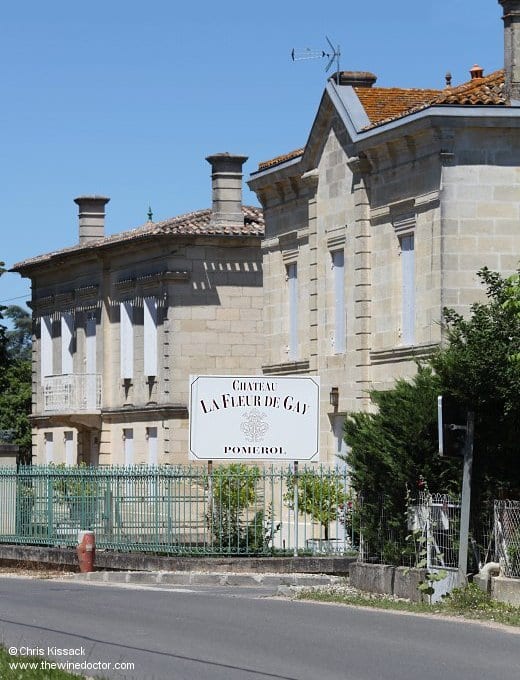Château La Fleur de Gay
A few years ago, browsing a wine list, I came across something which – within the confines of my cellar, at least – had to be regarded as a curiosity. The bottle in question was a Pomerol. Nothing unusual in that, naturally. What made the bottle stand out in my personal drinking history was that it hailed from the 1993 vintage. I have always habitually avoided buying anything from the rather dire triumvirate of vintages that followed 1990, but on this one occasion I broke my self-imposed rule, and as it turned out, it wasn’t as unwise a decision as you might think. This is not a bad wine at all. Not a great wine either, of course, but taking into account the vintage it should probably be regarded as a success. To turn out a good wine, in a very weak vintage, is a true test of a winemaker’s talents. My admiration for Château La Fleur de Gay and its proprietor at the time, Noël Raynaud, grew considerably.
The château in question is located on the periphery of the Pomerol appellation, and I have to confess I had tasted the wine and driven past the estate a few times before I ever really understood how Château La Fleur de Gay and Château La Croix de Gay, which on viewing the two roadside châteaux appear to be neighbours, were related. The former is often taken to be a super-cuvée produced by the latter; this is an erroneous view, though, even if the wines are made by the same estate (as the two attractive châteaux were both in the ownership of Noël Raynaud, and remain in the hands of his descendants today). The wines bottled as Château La Fleur de Gay have distinct origins, from specific sections of vineyard on the Pomerol plateau, and this property certainly deserves its own profile.

